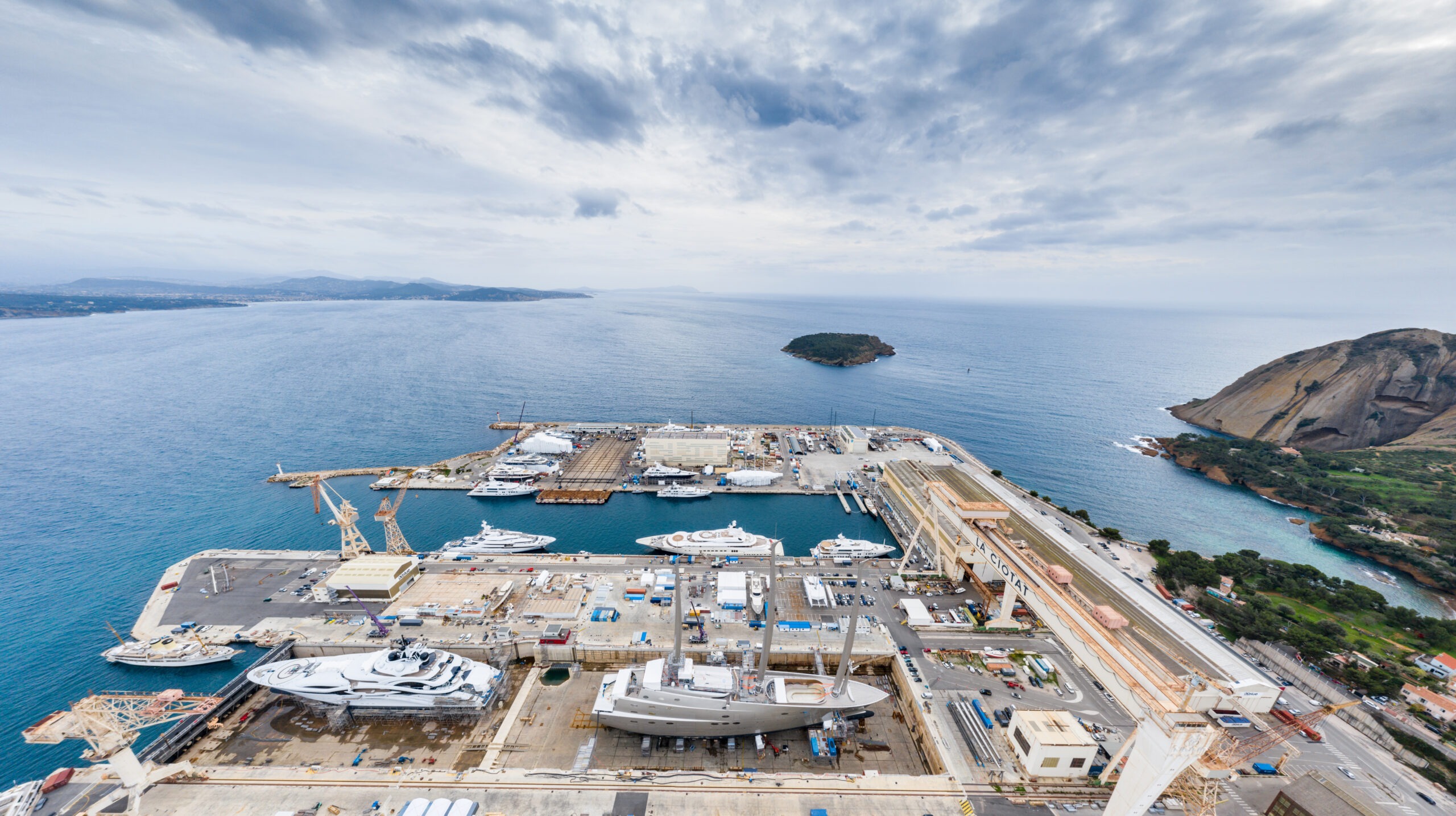Choosing the right shipyard for your superyacht refit


Drawing on their extensive experience delivering successful refit projects around the world, Hill Robinson’s project management team advises on the key factors to consider when deciding on a refit destination.
With access to all they key refit hubs around the world, Hill Robinson’s refit project management team have extensive experience supporting owners and captains with refit projects encompassing everything from renewal surveys and engineering upgrades to major interior and exterior transformations. Our project managers particularly add value during the pre-planning stage of a refit, even before a shipyard is chosen.
Hill Robinson’s project managers are adept at helping clients cut through the confusion and identify the most appropriate shipyard for each project based on key variables. Once the practical shipyard options in terms of proximity and ability to accommodate the size and type of vessel are identified, the first important step is documenting the project’s work scope to a suitably detailed level and aligning it with each shipyard’s capabilities.
“If the work scope includes replacing the generators, for example, then that requires a certain level of in-house engineering capability,” explains Kevin Laverty, Director of Projects at Hill Robinson. “Or, if there’s underwater works to be done, the shipyard needs to have trustworthy drydocking infrastructure and management.”
The ownership of the facilities should also be scrutinised. If the shipyard offers to drydock a vessel at a nearby facility it does not own, for example, careful consideration must be given to what rights the yacht owner will have if there is a dispute between the shipyard and the owner of the facility. “A project manager will look at the pass-through rights in the refit contract to ensure that, if the parties to the head agreement fall out for any reason, we can stay in control of the asset at all times,” adds Kevin. Pass-through rights are an example of the nuances that Hill Robinson’s project managers will pick up on when making a shipyard selection, that might otherwise be missed.
When assessing a shipyard’s capabilities for a project, in addition to its infrastructure, the project manager will also evaluate the internal and external workforce. “For major refits, some shipyards might not have enough staff onsite to adequately support the project,” cautions Chris Wright, Senior Technical Manager at Hill Robinson. “It’s also important to look at the proximity of the shipyard to the contractors that are going to be supporting the project and making sure that travel costs are kept to a minimum where possible.”
As well as ensuring a large enough workforce, the project manager will also gauge their capacity.
“We will ascertain what the shipyard’s workload is going to look like while our client’s yacht is there,” adds Chris. “Shipyards and contractors always want to say ‘yes’ to projects, but it’s important to have transparent and honest conversations to find out if they can actually deliver on what they are agreeing to.”
Price tends to be the deciding factor for many clients when choosing a shipyard for a refit. But when it comes to shipyard quotes, a project manager will look beyond the bottom line. “We focus on value for money,” advises Chris. “Industry practice for a lot of shipyards is to quote low, but without presenting the full scope of works required. This means they get the yacht into the yard, but the budget and duration can quickly escalate. At Hill Robinson, we will lock in the entire scope of work before the shipyard period starts and ensure the shipyard is quoting based off that.”
Much of the success of a refit project rests on this pre-planning stage. Understanding the required work, presenting a fully formed scope of work to the shipyards, and selecting the optimal shipyard to execute the work list on budget and on schedule are all key parts of a Hill Robinson project manager’s role.






